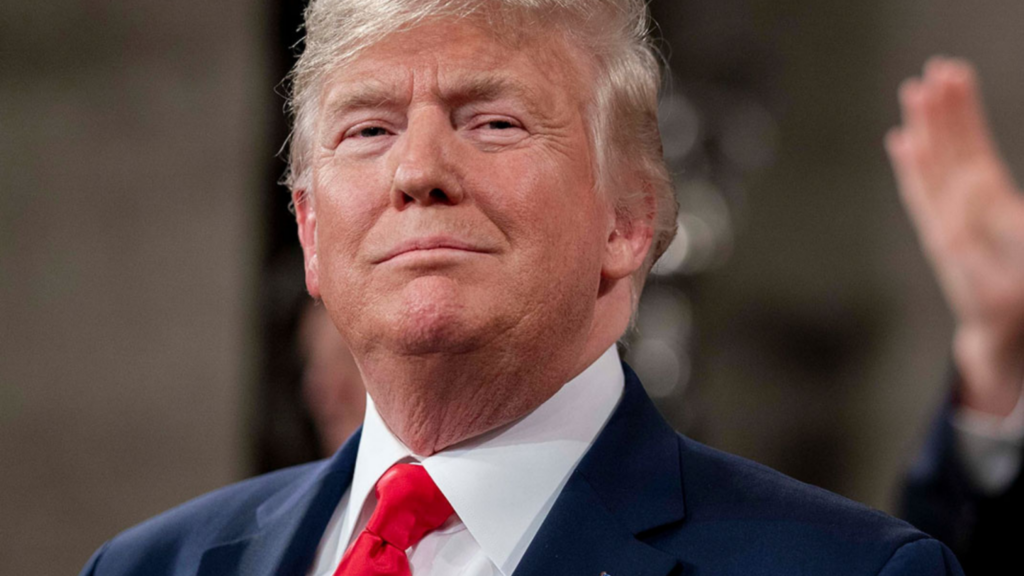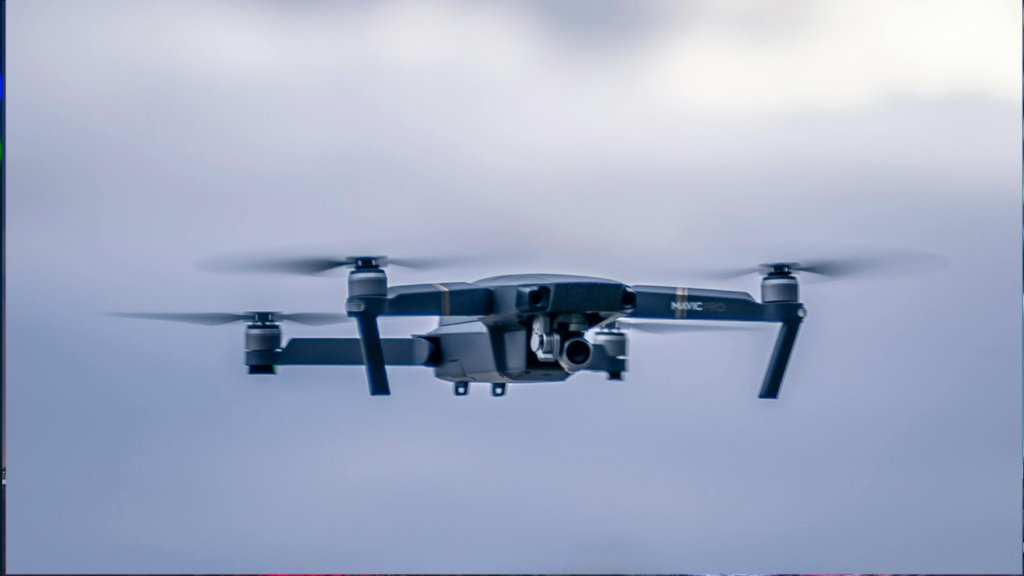The State of Taiwanese Defensive Capabilities
Contemporary context
China has used the COVID-19 pandemic to increase pressure on the self-ruled island of Taiwan. This aggressive posturing by the People’s Liberation Army (PLA) has taken the form of mock amphibious landings and maritime exercises. The Global Times, a Communist Party mouthpiece on international issues, announced drills on the island of Hainan for August 2020. The significance of these exercises is that they are seen as a dress rehearsal for the assault of the Taiwanese controlled and Chinese claimed Dongsha islands. In light of this increased strategic posturing by the Mainland, let’s take a look at the current defence picture of Taiwan. Reviewing Budgetary trends, defence strategy, links to the US and domestic defence production.
Budgetary trends
On 17 August Tsai-Ing Wen announced the largest ever nominal military budget for Taiwan in 2021 allocating just over USD $15.4 billion to spend on defence.
Whilst Taiwan proportionally spends more of its budget on defence than the Mainland, sharply increased with the 2020 Announcement, this is still just a drop in the bucket. Or as Zhao Lijian, spokesman for the Chinese Foreign Ministry likened to trying to confront the Mainland via military spending to an ‘ant shaking a tree’. A favoured analogy used by the central government to demonstrate the futility of opposing the behemoth that is China.
The data substantiates Beijing’s analogy. Despite historic budgetary increases under Tsai-Ing Wen’s ruling Democratic Progressive Party, the gulf remains immense. Regional defence spending in the East-China sea has seen sharp increases in recent years, however with Covid-19, South Korea has been the first nation in the region to slash defence spending.
Strategic focus
To maximise the effectiveness of every defence dollar, procurement decisions must be taken under the umbrella of a robust national security strategy, which encompasses asymmetric warfare and cybersecurity. The Taiwanese military must be well-drilled and well-equipped enough to illustrate to an aggressor that the price of attacking them is far too high. This is similar to the strategic thinking of other smaller nations concerned with the rise of China like Australia. With Australian Liberal Senator and former Major-General Jim Molan advocating the principle of budget being strategy and strategy being budget. Taiwan has made significant progress in this field with the announcement from Taipei in 2017 of the Overall Defensive Concept (ODC). Admiral Lee Hsi-Ming, former chief of general staff, is credited with the creation of a strategy that “seeks to emphasise the development of asymmetric capabilities and tactics to capitalise on Taiwan’s defensive advantage, enhance resilience, and exploit the weaknesses of the PLA” (USCC: 2018). Guerrilla warfare is prioritised, with the ODC envisioning large numbers of small units focusing on mobility, stealth, fast speed, low cost, abundance, minimum damage, and high effectiveness.” (USCC: 2018). This focus should allow a smaller force to maximise the defensive advantage of the terrain to defeat a larger adversary. However, does Taipei’s procurement strategy fit with its national-security strategy?
American connections
Taiwan’s most effective dollar for dollar spending on national security may not be through the ministry of defence but through its network of Economic and Cultural Representative Office (the equivalent of an embassy). As the only nation capable of making a concrete stand against the PRC, the US is a crucial cog and ally in the Taipei’s national security strategy. Taiwan has increasingly used its funds to, directly and indirectly, lobby the federal government to shape the debate on relations. Particularly impressive is how they fund think-tanks on both sides of the political aisle to engage with Taiwanese issues. Think tanks like the Heritage Foundation have been particularly vocal and are credited with influencing Senator Marco Rubio to propose a bill encouraging more high-level visits through the Taiwan Travel Act. These efforts have seemingly borne fruit with large arms sales to the island occurring under the Trump Administration. Most recently on 14 August, the Pentagon announced the confirmation of sale for 90 F-16 Fighting Falcons to Taiwan under a 62 billion US$ Lockheed-Martin contract for delivery by 2026. The significance of this contract was that the F-16’s would be equipped with all the newest technology and weaponry. This was not always a given with past deliveries of fighters not including the latest avionics and weaponry in an effort to maintain good relations with China.
However, critics, like Scott W. Harold of the Rand Corporation, argue that heavy legacy systems like tanks and fixed-wing aircraft are particularly vulnerable to China’s arsenal of advanced precision-guided missiles. Sales of 4th generation fighters like the F-16 and heavy M1A2 Abrams tanks also do not fit with Taiwan’s ODC national security strategy so why purchase them? Taiwan having US-built systems sends an evident signal of American commitment to Taiwan’s autonomy which boosts morale in Taipei. Each additional sale provides the incumbent Taiwanese leader with political capital. Additionally, whilst they might not be the most effective tools to use in the advent of PLA invasion, they form an extremally important part of peacetime deterrence by helping to foster the image of close US-Taiwanese relations. They also have an added strategic value of being interoperable with the US military if/when the time/need arises.
Recently though there has been a shift in purchasing more high-tech sophisticated equipment, with the US State Department approving the first sale of high-tech drones to Taiwan. This is significant for two reasons: 1. General Atomics SeaGuardian Surveillance drone will significantly increase Taiwan’s surveillance drone range from 160 miles to 6000 miles. This expands their surveillance capacity far beyond the vicinity of the island providing immense strategic value. 2. These drones are reserved for NATO and close US allies like Australia, signalling an elevation in the status of Taiwan’s relationship with the US. However, approval to export these drones with weapons systems has yet to be approved and will probably only be made by the State Department depending on the state of US-China relations.
Domestic production
One way to meet the specific requirements of the ODC is via internal production. A refocus towards domestic production also insulates the country against geostrategic risk. For example, a détente in US-China relations could mean export restrictions from the US to Taiwan. The National Chung-Shan Institute of Science and Technology, a quasi-defence ministry research agency is leading the charge in developing arms suited to the ODC. A salient example of this is the domestically designed and produced Tuo-Chiang-class corvette. This ship is designed for fast and stealthy multi-missions using hit and run tactics as opposed to the US system designed to project power over great distances. Deterring the Chinese is a complex equation that must balance geopolitics and defensive requirements. In conclusion, a robust and well funded domestic defence industry, as well as crucial geopolitical procurement deals with the US and other NATO allies, will go a long way to securing Taiwan’s democratic and autonomous future.
References
- Hunzeker, Michael & Lanoszka, Alexander & Davis, Brian & Fay, Matthew & Goepner, Erik & Petrucelli, Joseph & Seng-White, Erica. (2018). A Question of Time: Enhancing Taiwan’s Conventional Deterrence Posture.
- Shlapak, David A., David T. Orletsky, Toy I. Reid, Murray Scot Tanner, and Barry Wilson. (2009). A Question of Balance: Political Context and Military Aspects of the China-Taiwan Dispute, Santa Monica, Calif.: RAND Corporation
- SIPRI Military Expenditure Database | SIPRI. 2020. SIPRI Military Expenditure Database | SIPRI. [ONLINE] Available at: https://www.sipri.org/databases/milex. [Accessed 24 August 2020].
- Voice of America. 2020. Who’s Behind the Quick Rise in US-Taiwan Relations | Voice of America – English. [ONLINE] Available at: https://www.voanews.com/east-asia/whos-behind-quick-rise-us-taiwan-relations. [Accessed 17 August 2020].
- Institut Montaigne. 2020. Making Sense of US Arms Sales to Taiwan | Institut Montaigne. [ONLINE] Available at: https://www.institutmontaigne.org/en/blog/making-sense-us-arms-sales-taiwan. [Accessed 24 August 2020].
- The 2020 budget of the Central Government: A Compendium. (2020) Directorate General of Accounting Budget, Accounting and Statistics, Executive Yuan, R.O.C. (Taiwan)
- Mazza, M. 2019. Erican Enterprise Institute – AEI 2020 Taiwan’s high-end and low-end defense capabilities balance | American Enterprise Institute – AEI [ONLINE] Available at: https://wwwaeiorg/articles/taiwans-high-end-and-low-end-defense-capabilities-balance/ [Accessed 24 August 2020]
- 2020. Https://wwwdefensegov/Newsroom/Contracts/Contract/Article/2313931/. [Online]. [14 August 2020].
- Thompson, D. 2018. War on the Rock. [Online]. [20 August 2020]. Available from: https://warontherocks.com/2018/10/hope-on-the-horizon-taiwans-radical-new-defense-concept/
- Glasser, B. 2020. CSIS: Breaking Down China’s 2020 Defense Budget. [Online]. [20 August 2020]. Available from: https://www.csis.org/analysis/breaking-down-chinas-2020-defense-budget



